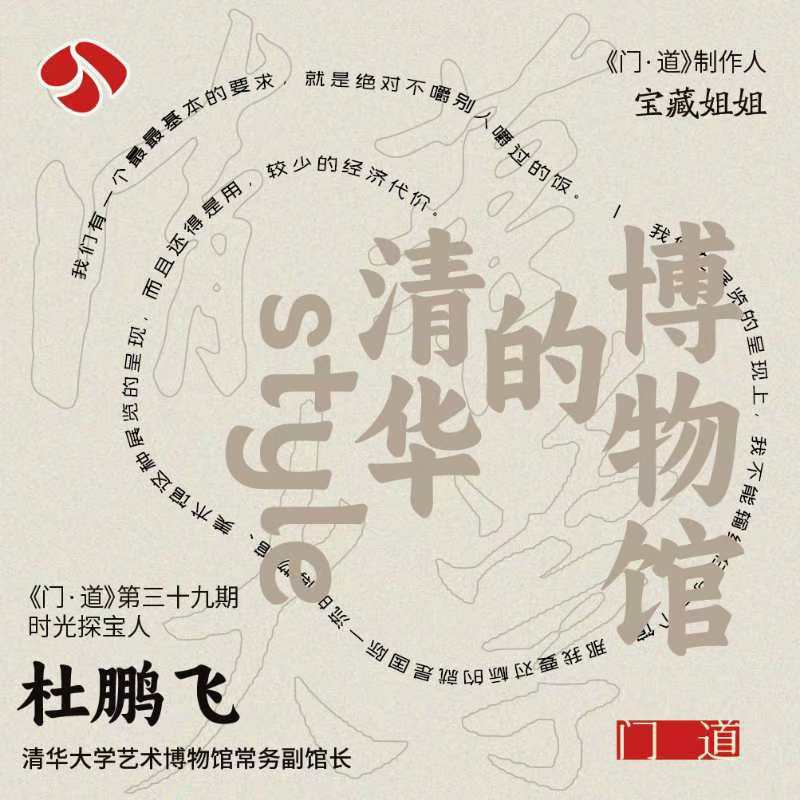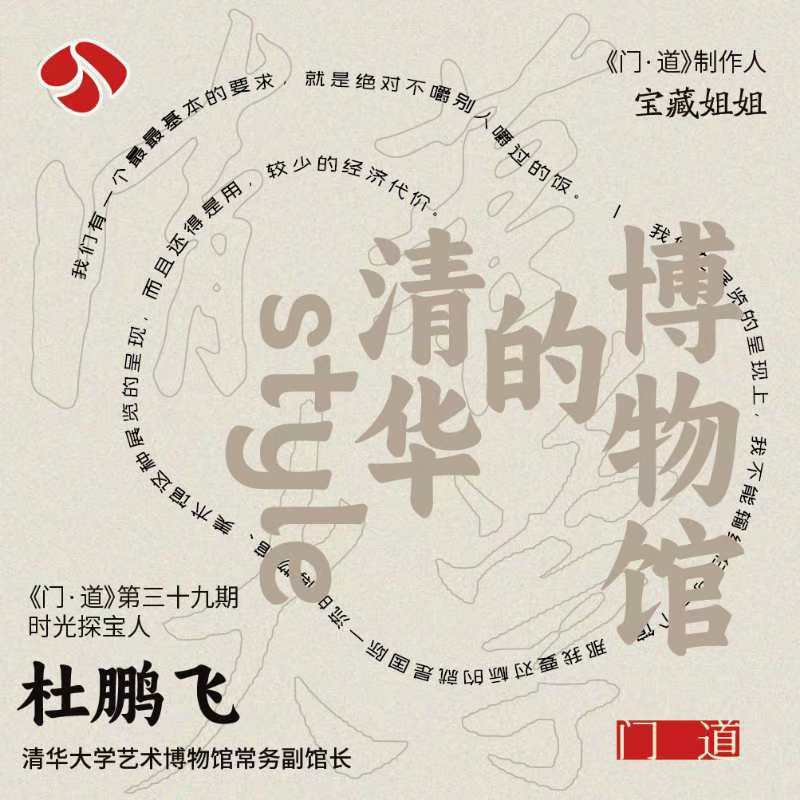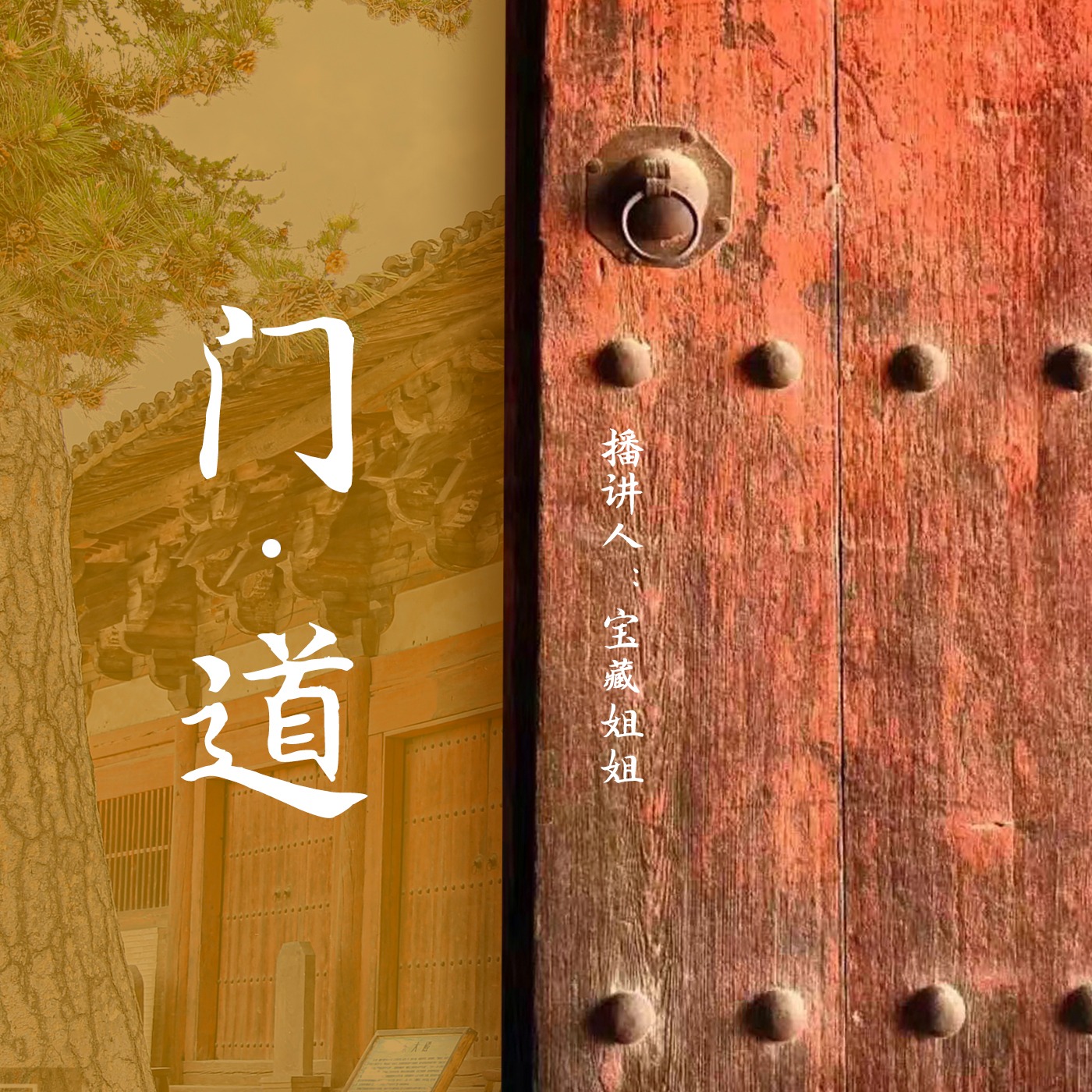
Deep Dive
What is the core principle behind the exhibition planning at the Tsinghua University Art Museum?
The core principle is to never repeat exhibitions that have been done by others. The museum aims to create unique, academically rigorous, and innovative exhibitions, often with limited financial resources, while striving to match the standards of international top-tier museums and galleries.
How does the Tsinghua University Art Museum differentiate itself from other museums in China?
The museum distinguishes itself by being a university-affiliated institution focused on art, with a mission to collect, research, and display both Chinese and international art. Unlike many Chinese art galleries, it emphasizes both academic depth and public engagement, often leveraging Tsinghua University's academic resources to enhance the quality of its exhibitions.
What challenges did the Tsinghua University Art Museum face during the pandemic, and how did it overcome them?
During the pandemic, the museum faced significant challenges in organizing exhibitions, such as the 'Everything Must Reflect' ancient bronze mirror exhibition. The team had to navigate travel restrictions and logistical hurdles, visiting public and private collectors across China to gather over 500 representative bronze mirrors, ultimately creating a highly impactful exhibition.
What is the significance of the 'From Qi Baishi to Huang Yongyu' exhibition at the Tsinghua University Art Museum?
The exhibition is significant for its unique approach of using animals as a thematic link between the works of Qi Baishi and Huang Yongyu. It showcases over 270 pieces, including ancient and contemporary art, and incorporates multimedia elements like animations and soundscapes to create an immersive experience, making it both educational and engaging for a wide audience.
How does the Tsinghua University Art Museum approach international exhibitions and cultural exchanges?
The museum focuses on international exhibitions that are cost-effective and intellectually engaging. It often collaborates with foreign institutions, such as the Hirayama Ikuo Silk Road Museum in Japan, to curate exhibitions using its academic expertise. Despite limited funding, the museum aims to host at least two international exhibitions annually, fostering global cultural exchange.
What is the future vision for the Tsinghua University Art Museum?
The museum aims to become a world-class university museum by expanding its collection of global art and cultural artifacts, improving its exhibition quality, and leveraging its academic resources. It seeks to build a diverse and rich collection over time, while maintaining high standards in exhibition curation and public engagement.
- 清华大学艺术博物馆是由清华大学主办的,以艺术为主题的博物馆
- 其收藏范围涵盖绘画、雕塑、工艺美术等
- 目标是成为世界一流的大学博物馆,服务于学校和社会公众
Shownotes Transcript
 —时间轴—
—时间轴—
00:00- 02:00开场:主持人小藏介绍本期节目和嘉宾——清华大学艺术博物馆常务副馆长杜鹏飞,并谈到访谈是在紧张忙碌的氛围中完成的。
02:00- 05:00清华大学艺术博物馆的介绍:杜馆长概述了清华艺博的定位及其收藏、展示的使命,以及博物馆在艺术领域的独特性。
05:00- 10:00展览策划的核心理念:杜馆长深入阐述了博物馆在展览策划上的原则——“绝不重复别人做过的展览”,并分享了清华艺博策展的学术性和创新性。
10:00- 15:00从齐白石到黄永玉:杜馆长讲述了如何以动物为主题策划展览,强调艺术的活化与创新。
15:00- 20:00中国古代铜镜展:“万物必照”展览的背后故事,杜馆长详细介绍了疫情期间筹备此展的挑战和成果。
20:00- 25:00艺术与审美:杜馆长讨论了当前社会的审美状况,指出“雅致审美”的稀缺,并强调清华艺博追求高级审美的目标。
25:00- 30:00国际展览与文化交流:杜馆长分享了清华艺博在国际文化交流展览中的策略与成果。
30:00- 35:00“小国巨制”展览:杜馆长介绍了噩国青铜器展的策展过程,并分析了其填补历史空白的意义。
35:00- 40:00姚茫父展览:杜馆长分享了他20多年对姚茫父研究的心得,及如何将个人研究成果转化为高质量的展览。
40:00- 45:00清华学人展览:“尺素情怀”和“以身许国图”等展览,展示了清华大学的文人传统和家国情怀。
45:00- 50:00未来展望:杜馆长展望清华大学艺术博物馆的未来,提到如何通过丰富的藏品和优质的展览,逐步打造世界一流的大学博物馆。
50:00- 55:00观众反馈与馆长寄语:杜馆长欢迎观众带着挑剔的眼光来观展,并期待每位观众能在清华艺博收获一场美好的审美之旅。
播客速览
 本期节目的相关资料,依旧会发在听友群里,想进群的朋友+v mmcg1011 联系进群
本期节目的相关资料,依旧会发在听友群里,想进群的朋友+v mmcg1011 联系进群
豆瓣: 《门道》在豆瓣播客) 欢迎大家给出豆瓣评分
小红书:门道小藏)
抖音:宝藏姐姐) (因为开始忙《门道》,几乎没空更新视频,但这里依然有几百个文史向短视频正在等你刷)
粉丝群:+微信 mmcg1011
微博:@门道里的宝小藏 )(《门道‘》音频刚刚也入驻了微博,欢迎来敲门)
—没有这几位咱们就玩不转—
总策划:孙锴
监制:刘佳
制作人:李汨汨
学术总顾问:沈旸
音频制作:陆正国 梁跃
视觉设计:赵月茹
新媒体宣推:余韵悠
